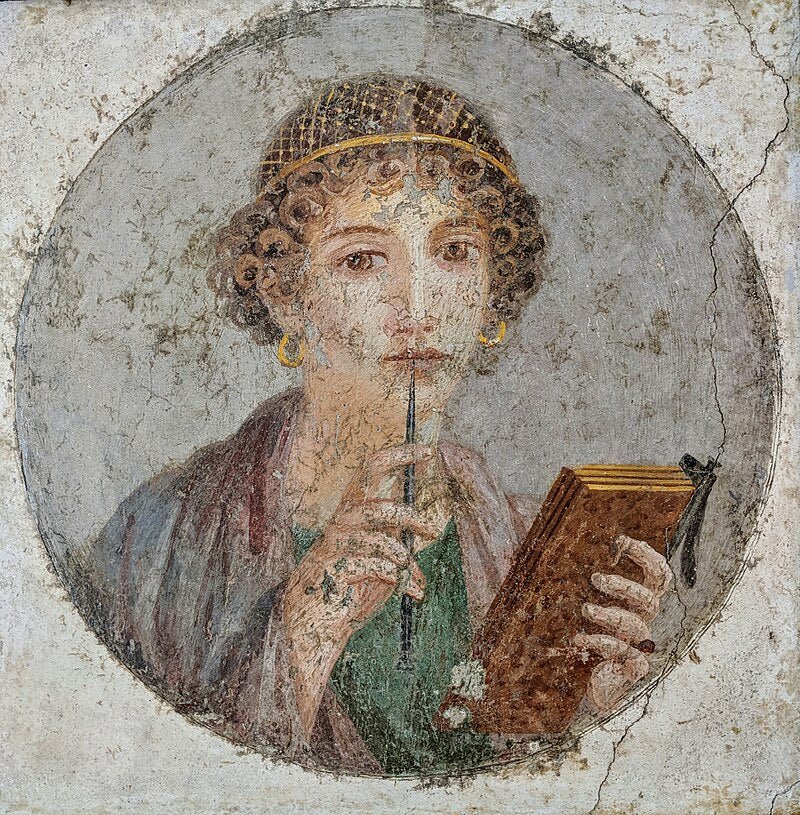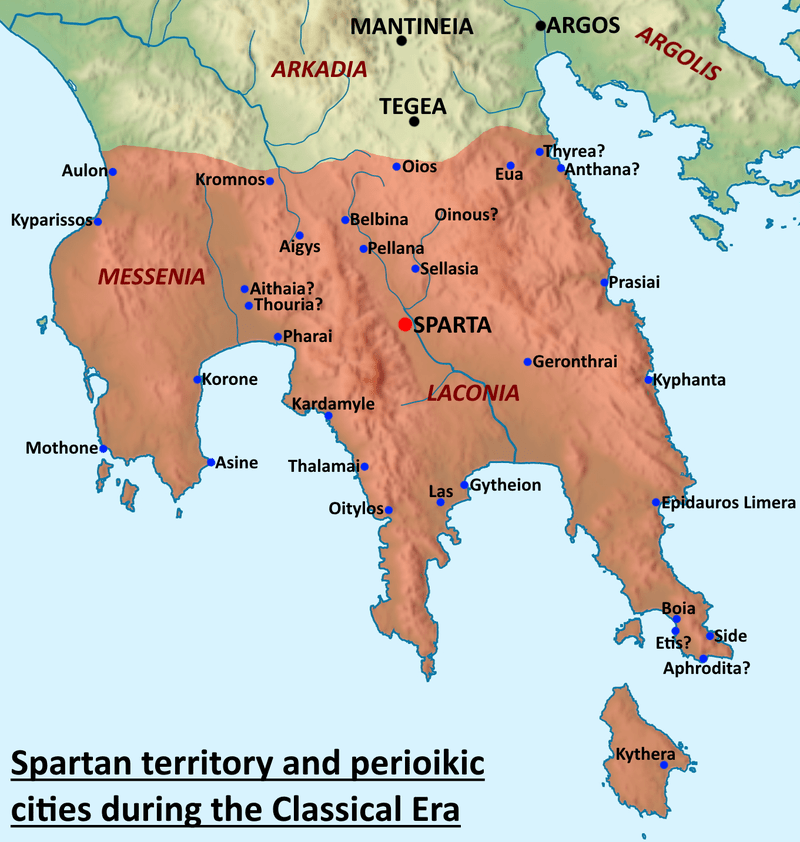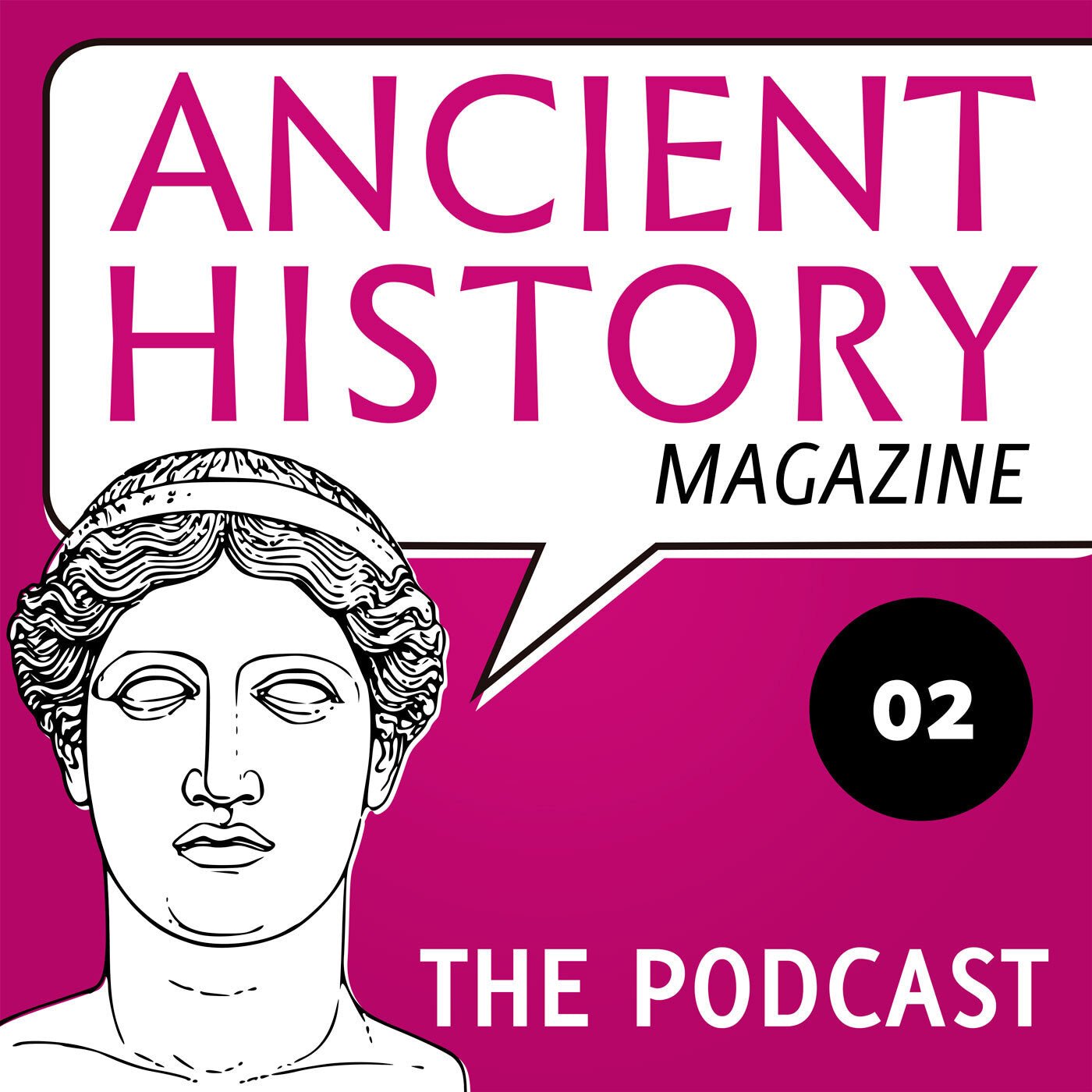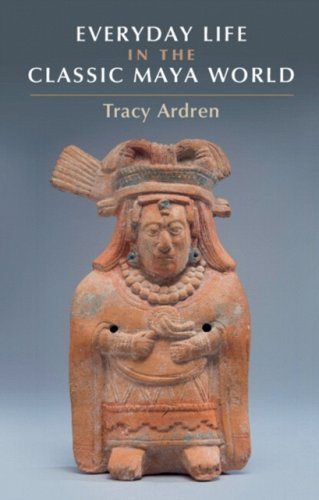Athens in the fourth century BC
With the introduction of the new website and me taking a week off, it’s been a while since I last wrote a blog post. But the new version of the website has been launched successfully and I’m here again to give the latest on what’s what with Ancient History magazine.
It probably hasn’t escaped your notice that issue 9 has been sent to the printer’s and stacks of the paper version should, in fact, reach the office any day now. This issue deals with Athens of the fourth century BC, a theme that I inherited from my predecessor. The original idea was to have the issue focus on the theme of ‘democracy in decline’, a subject that I felt uncomfortable about for a few reasons, not in the least because the notion that Athenian democracy was somehow in decline in the fourth century is rather outdated.
Contents of this issue
I decided that it would be far more interesting to focus on what everyday life was like in Athens in this period. I wanted to focus on the period between ca. 400 and 350 BC in particular, i.e. after the Peloponnesian War and before the rise of Macedon. This period corresponds roughly to Plato’s adult life – he was born in the 420s BC and died in 348/347 BC. As a result, the issue was given the title ‘Athens in the Age of Plato’, despite the fact that we don’t actually deal with much philosophy in this issue – a conscious decision on my part to subvert expectations of readers.
Instead of dealing with philosophical ideas, I figured it would be more interesting to focus on philosophers as human beings. As such, Murray Dahm has written an article on the death of Socrates in 399 BC, which is an event that can be said to have kickstarted our ‘Age of Plato’. I asked Roel Konijnendijk to write a ‘Source’ article that deals with one of Socrates’ most famous students, the prolific writer, thinker, and adventurer Xenophon.
Other articles deal with aspects of everyday life. Seán Hußmann’s contribution is about Athenian homes for the wealthy, and features a fantastic cutaway drawing by Rocío Espin of houses D/C in Athens. Owen Rees’s article deals with the symposium and has a few callbacks to issue 8, which was on ancient food and dining. Sidney Dean’s brief article explores women in Classical Athens, while Joshua Hall’s article explores developments in Athenian pottery in the fourth century.

Matthew Lloyd takes us on a tour of the Athenian Agora. The Agora was very much the civic heart of the city, and Vilius Petrauskas’s centrefold illustration gives us an idea of what it might have looked like. He chose to paint this scene at around the time the sun is setting, giving the Acropolis in the background a rather magical appearance. Rounding out the articles devoted to the theme is David Balfour’s treatment of the rise of Philip of Macedon, cast as a contest of wills between Isocrates – who favoured Panhellenism – and Demosthenes, ‘the last champion of the ideal of the sovereign polis’.
For this issue’s ‘Graphic History’, Fausto Bica and I came up with a comic strip that demonstrates that for all the ancient Greeks’ desire to be free and independent, the ones actually pulling the strings were the Persians. The King’s Peace of 387 BC aptly showed to the Athenians, Spartans, and others that the Greeks were essentially at the mercy of the Persians.
The non-theme-related articles offer, I think, a good mix of subjects. My ‘Number’ article deals with the number 12 – the total number of books in Virgil’s Aeneid. Sean Manning was given the unenviable task of summarizing the Mesopotamian conflict between Marduk and Tiamat in less than a thousand words (two pages), but has acquitted himself admirably. Joe Hall wrote about Cicero’s trial against Gaius Verres, while Arianna Sacco’s contribution is on the God’s Wives of Amun, a particular class of priestesses. David Reinke’s ‘Hollywood Romans’ article deals with Immortals, about which I’ve also written a review.
Creating the cover illustration
Radu Oltean once again did the cover illustration for this issue. When trying to come up with the basic idea, I wanted to somehow incorporate the Acropolis without it actually being the main element. Most of the famous buildings on the Acropolis – the Parthenon, the Erechtheion, the Propylaea – date from the fifth century BC, and I felt it would be strange to feature these prominently on the cover of an issue that deals with Athens in the fourth century BC.
 Since I wanted to focus on people for this issue, I decided we would take as our subject a group of people walking up the Acropolis to sacrifice to Athena, but with our point of view away from the Acropolis itself, looking down, allowing a sweeping view of the city below and in the distance. The main figure in the group is a man modelled after the famous Moschophoros, a statue of the sixth century BC that depicts a male figure carrying a calf on his shoulders. I’ve always liked that image and am happy to have been able to use it now.
Since I wanted to focus on people for this issue, I decided we would take as our subject a group of people walking up the Acropolis to sacrifice to Athena, but with our point of view away from the Acropolis itself, looking down, allowing a sweeping view of the city below and in the distance. The main figure in the group is a man modelled after the famous Moschophoros, a statue of the sixth century BC that depicts a male figure carrying a calf on his shoulders. I’ve always liked that image and am happy to have been able to use it now.
Working on an illustration always generates a lot of questions, as you’re forced to think about things that you normally never have to take into account. For example, did the road to the top of the Acropolis consist of a ramp or stairs? I dove into the relevant books and, as far as I have been able to tell, Athenians of the the fourth century had to walk up the stairs to reach the main entrance. Then there was the question of where the city walls were located, what areas were inhabited (and which were open spaces or ruins), which people would have gone to sacrifice to Athena, and even if sacrifices of cattle to Athena were actually a thing.
 Fortunately, I had lots of help when it came to the cover. Radu himself created 3D models to help visualize the scene and make sure that everything was where it had to be. Roel, Owen, Matt, and Josh gave useful advice. I am especially grateful to Prof. Vladimir Stissi of the University of Amsterdam, who looked at various sketches and offered lots of helpful tips and comments. Naturally, any errors that remain are entirely my fault, but I think that we ended up with a picture that has exceeded expectations and offers a unique look at everyday life in fourth-century Athens.
Fortunately, I had lots of help when it came to the cover. Radu himself created 3D models to help visualize the scene and make sure that everything was where it had to be. Roel, Owen, Matt, and Josh gave useful advice. I am especially grateful to Prof. Vladimir Stissi of the University of Amsterdam, who looked at various sketches and offered lots of helpful tips and comments. Naturally, any errors that remain are entirely my fault, but I think that we ended up with a picture that has exceeded expectations and offers a unique look at everyday life in fourth-century Athens.
I hope you’ll enjoy reading this issue. It’s available right here, but you can also subscribe to the magazine and have every new issue delivered fresh to your mailbox. If you have any comments or suggestions, be sure to let me know.




